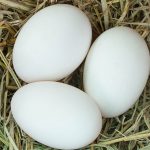
Some breeds of duck have been developed for their outstanding laying habits. Unless this ability is maintained through continued selective breeding, though, the laying potential of the strain will decrease over time. For this reason, not all populations of a particular breed known for laying are equally up to the task. Here are four outstanding […]
Continue Reading
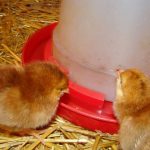
Most chicken keepers have some amount of equipment in storage. They might be things used only seasonally, like chick feeders, drinkers, incubators, and brooders. Or they might be feed cups, waterers, and pet carriers used only during the show season. Other things might simply be spares that can be swapped out so the dirty ones […]
Continue Reading
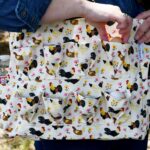
Hen Couture® Egg Collecting Utility Tote Bag FREE SHIPPING on all supply order totals exceeding $25.00.
Continue Reading
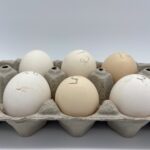
Silver Duckwing Old English Standard Hatching Eggs –12 for $61.68 24 for $101.28 FREE SHIPPING
Available to ship in May, June and July
Continue Reading
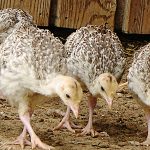
Turkey poults and guinea keets are difficult to sex, and therefore are typically sold as straight run. The males and females of both species, within the same breed or variety, look pretty much alike until they are nearly mature. Sexing Turkeys As turkey poults grow, you can take an educated guess as to which gender […]
Continue Reading
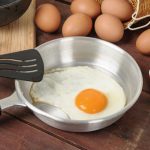
Egg yolks get their golden yellow color from the same plant pigments that result in the skin color of yellow-skin breeds. These pigments are also responsible for beak and bill color in chickens and ducks, and for their brightly colored feathers. The pigments are of two main types— carotene and xanthophyll. Carotene is orange to […]
Continue Reading
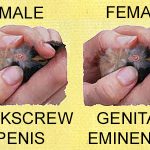
Male and female waterfowl of the same breed and variety are difficult to tell apart until they are several weeks old. Except for a few autosex breeds of geese, the only way to determine the gender of waterfowl hatchlings is by vent sexing. Happily that is not nearly as difficult as it is for chickens […]
Continue Reading
To order your Free Breed Guide Catalog, please fill out the form at the bottom of this page and click submit (once). The catalog you will receive is our 2024-25 catalog. New catalogs mailing soon. 2024 – 2025 Color Guide Catalog does not have pricing or mail-in order forms enclosed. You will need to reference […]
Continue Reading
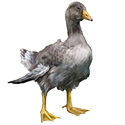
Angel wing is a condition in which the flight feathers of one or both wings of a duck or goose twist away from the body. It occurs when either the primary feathers overlap in reverse order — over each other, rather than under, from outer to inner feather — or, more commonly, the entire last […]
Continue Reading
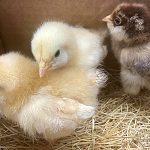
Four traditional methods are used to tell male and female chicks apart. Which method is most appropriate for any specific batch of chicks depends on their breed and variety, their age, and the skill of the observer. Vent Sexing Vent sexing, also called cloacal sexing, is a method of determining a hatchling’s gender by examining […]
Continue Reading









